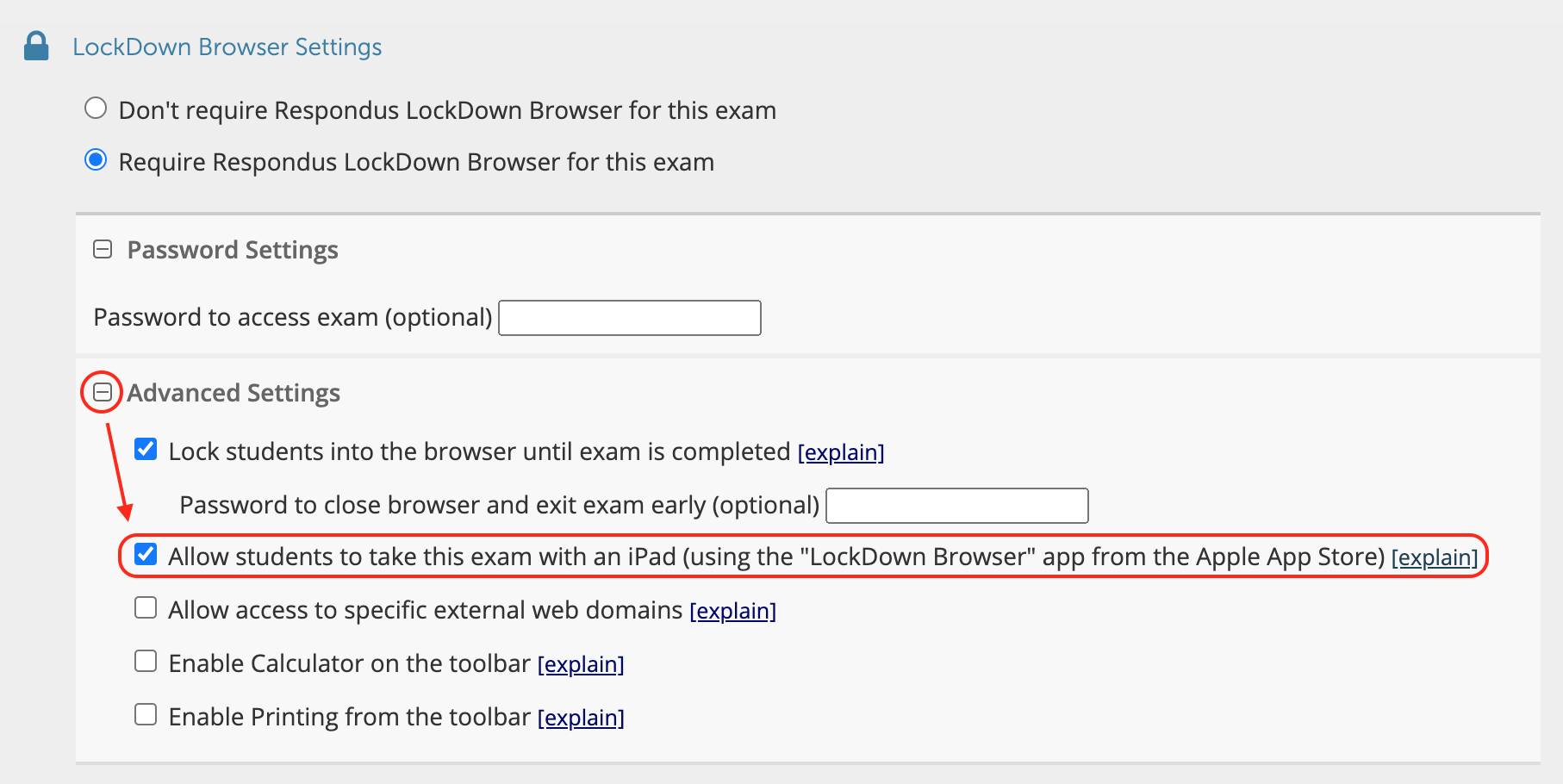Follow this guide to clone your online Blackboard exams and make them available to your students who need to utilize the DE Proctoring system.
- With your Blackboard course open, in the left-hand column under Course Management, expand Course Tools, select Tests, Surveys, and Pools, and then click Tests.
- Select the chevron arrow that appears to the right of the test name, then select Copy from that drop-down menu. This will duplicate the exam with the same settings and questions. A teal banner will appear, notifying that the copy was a success.
- Return to the home page of your Blackboard course. From the course menu or content area, select the menu item or folder that contains the links to your exams (e.g., Unit 1 Exams, Chapter 2 Tests, etc). Under the Assessments drop-down menu, click Test.

- On the next page, below Add Test, find the name of the cloned test (denoted by the number 1 in parenthesis) in the window adjacent to Add an Existing Test. Select the test name and then click Submit.

- In the Test Options page, rename the test with a title distinct from the tests your students would generally take in the ACC Testing Center. Apply the necessary deadlines and testing instructions you would require for the normal version of the test.
- Assign a Blackboard password.

- Set the Restrict Location option in your test settings to No Restrictions.

- Do not activate the LockDown Browser (Respondus) requirement. LockDown Browser is not compatible with the DE Proctoring system.
- Click the Submit button in the lower right-hand corner.
- Back on the Exams page, click the chevron next to the test name and click Adaptive Release. Under Membership, click the Browse button. A new window will appear. In the search field, search for the student (name, ACC ID, or email will work). Once you have located the student that submitted the request, click the box to the left of their name and then click the Submit button. The window will close. Now click the Submit button. This student will now be the only one who can see and access this test.
 NOTE: If you have multiple students needing to use the DE Proctoring system, you can add them to the Adaptive Release setting without having to clone the test again.
NOTE: If you have multiple students needing to use the DE Proctoring system, you can add them to the Adaptive Release setting without having to clone the test again.
Once you have completed this process, your remote student(s) will now be able to take their exams through the DE Proctoring system. You will need to submit your testing instructions and access password. You can do so at the link below:
Distance Education Proctoring Faculty Exam Submission Form
FAQ
Q: My student will need to take more than one exam through the DE Proctoring system. Do I need to do this process for all my exams?
A: Yes. It is recommended that you include unique passwords per test.
Q: My grade center now features a new column for this cloned test. Why?
A: Every time you create an assignment/quiz/test listing in Blackboard, a new grade column is created alongside it. It is recommended that you weigh the new grade column at 0 weight and copy and paste the student’s score into the original version of the test’s column. This should cause no interruptions in your grading at the end of the semester.
Q: In the event of an issue with an exam session what will the proctor do?
A: The proctor will attempt to reach out to you via your directory information. If they are unable to reach you before the session needs to be ended, they will issue you a support ticket email and attempt to schedule the student for a later date and time.
This article was created and is maintained by the Office of Academic Technology.
If you need assistance incorporating this article in your course, please contact an Educational Technologist.
For assistance with creating online exams, please contact a Distance Education Instructional Designer.
For questions about Distance Education Proctoring services, please email deproctoring@austincc.edu.




























